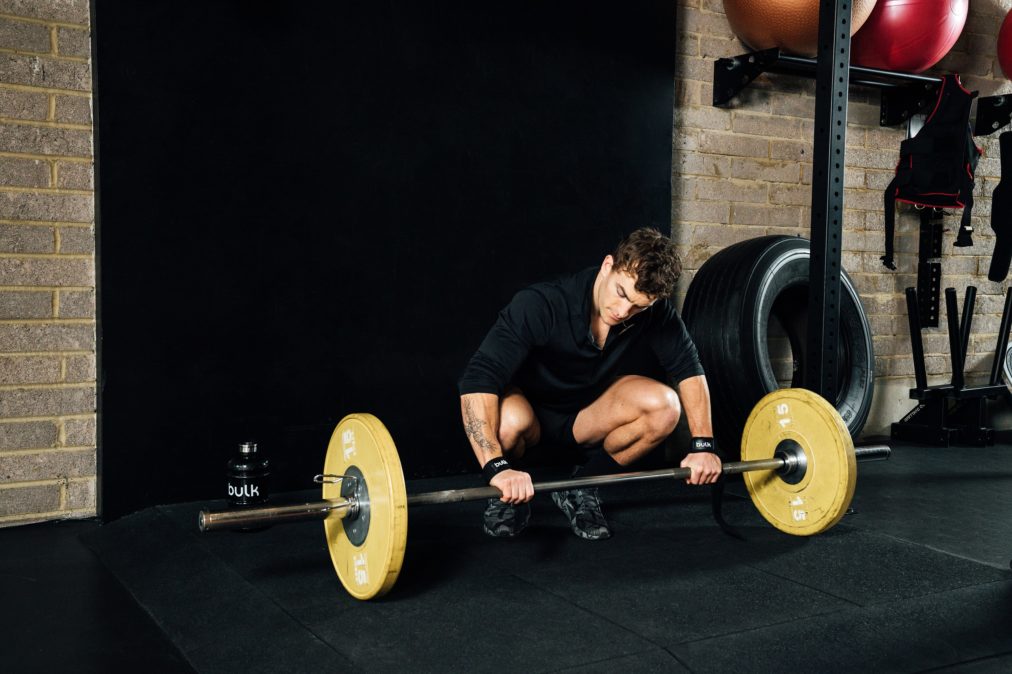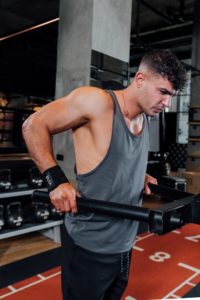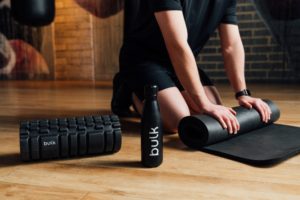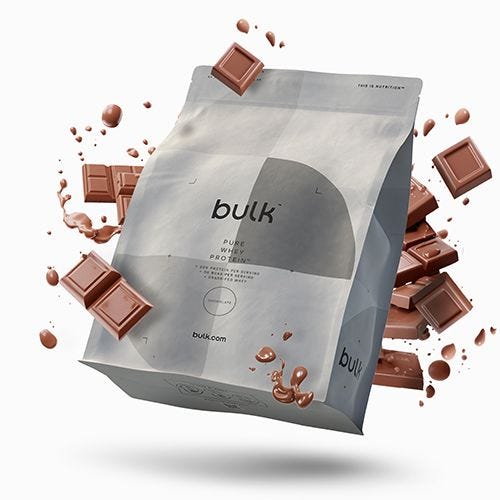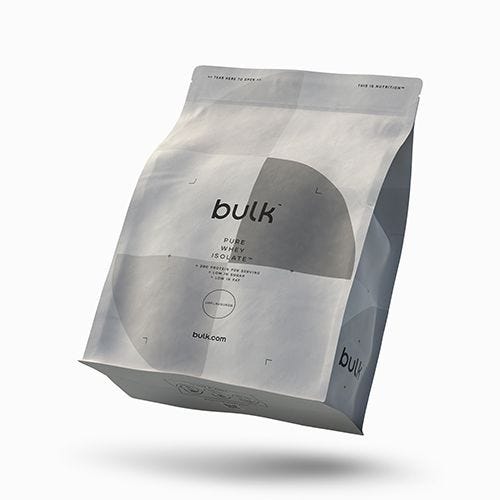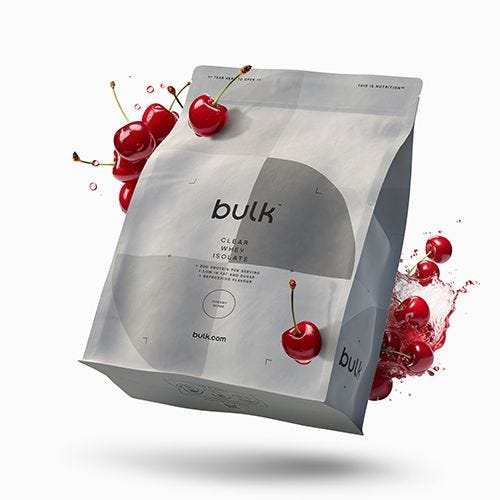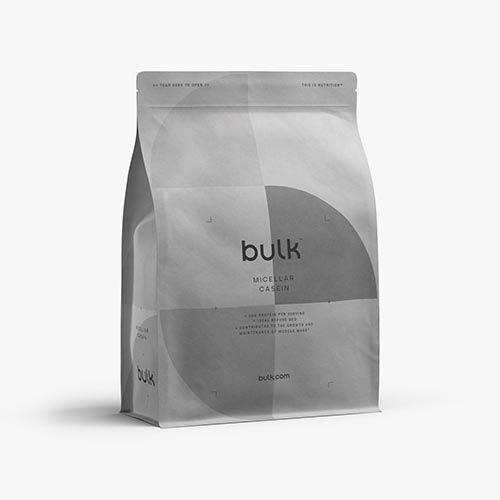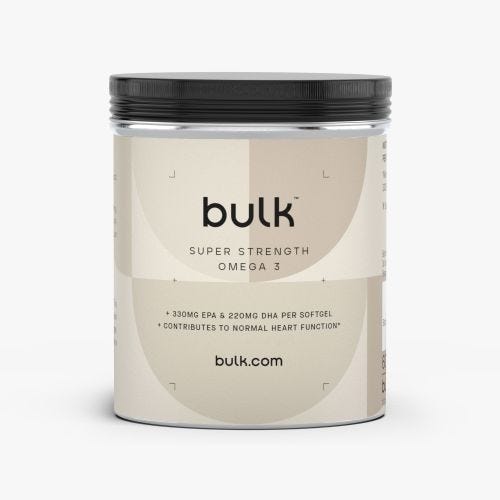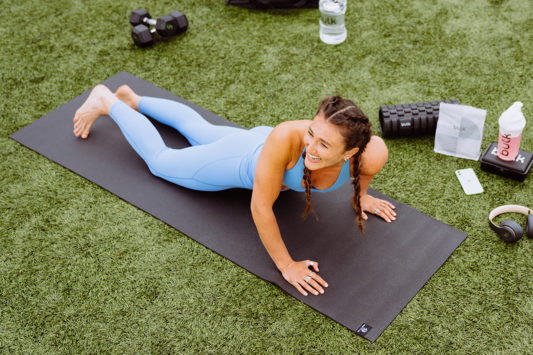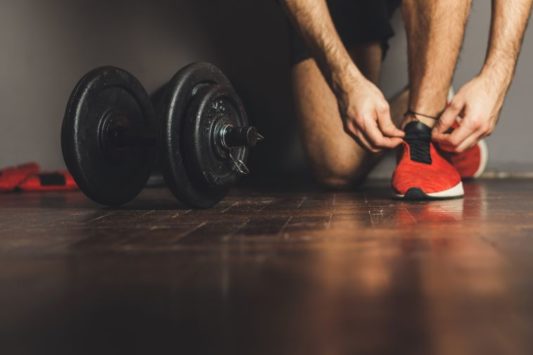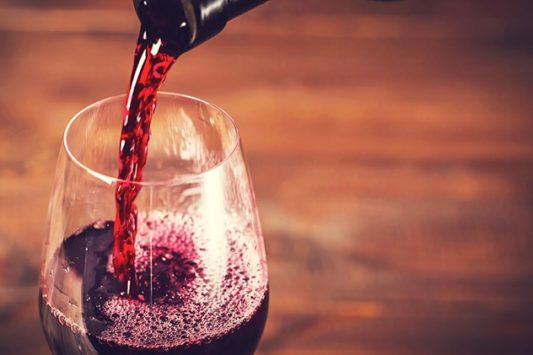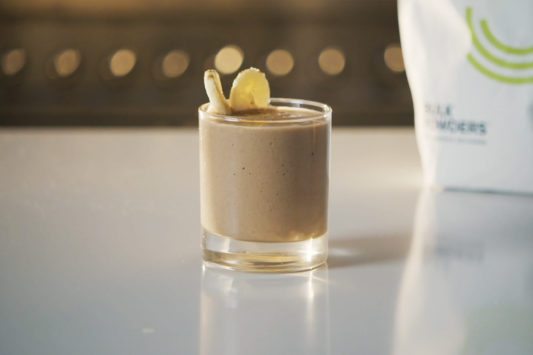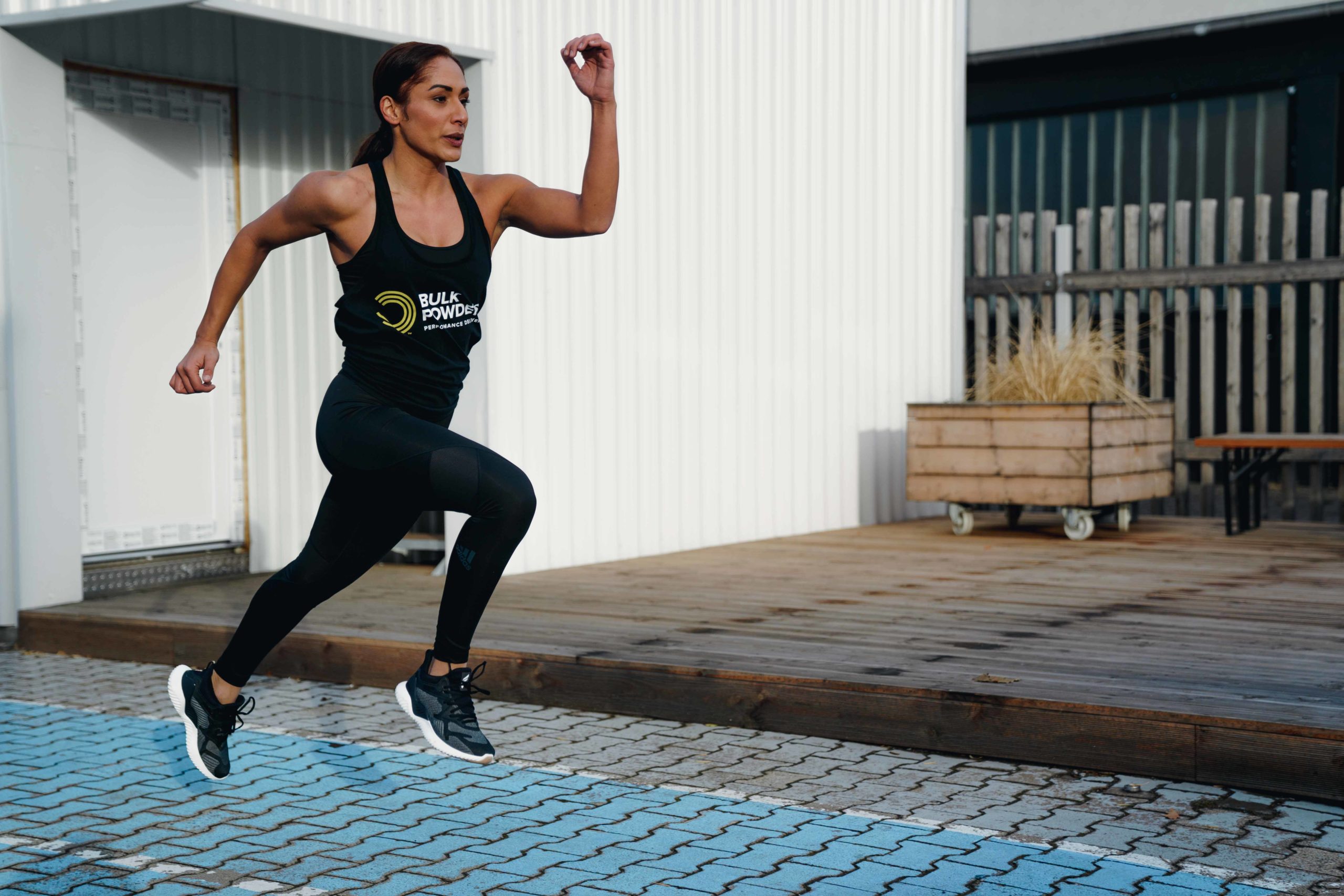Whether you’re a seasoned gym-goer or an exercise newbie, it’s likely you’ll have experienced some degree of muscle soreness after a tough training session. Read on to discover what causes muscle soreness, learn helpful strategies to alleviate pain and we’ll share our best tips to avoid muscle soreness in the future.
What is DOMS?
Delayed onset-muscle soreness (DOMS) is a common side effect of strenuous and/or unfamiliar physical activity. DOMS is most prominent when exercise training provides a new stimulus to muscles. This could be due to increasing the intensity of your training, trying a new form of exercise or following your first session back after having a break. You won’t feel DOMS during exercise, it usually starts a day or two after and can last up to five days. The effects usually feel worse on the second or third day, and then gradually improve.
Muscle pain or soreness felt during, or immediately post-exercise is a different kind of muscle soreness to DOMS, known as acute muscle soreness. This burning sensation you feel in your muscles during exercise is due to a rapid build-up of lactic acid. Unlike DOMS, acute muscle soreness usually eases off immediately or shortly after you stop exercise.
If you are unsure whether your muscle soreness is DOMS, look out for:
- Reduced range of motion due to pain and stiffness when moving. For example, discomfort walking up/down stairs after training lower body.
- Fatigue and short-term loss of muscle strength
- Muscles that feel tender and sore to touch
- Swelling of the affected muscles
What Causes DOMS?
Intense exercise can cause tiny, microscopic tears in muscle fibres. The body responds to this by increasing inflammation in the body, which can lead to a delayed onset of soreness in muscles. While many different types of exercise can cause muscle soreness, eccentric exercises most commonly trigger DOMS. This is because eccentric movements put tension on a muscle at the same time as it lengthens. An example of eccentric movement would be lowering yourself into a parallel squat position, or the controlled movement of lowering a dumbbell downwards at the end of a bicep curl.
What Effect Does Muscle Soreness Have on the Body?
DOMS symptoms usually involve a deep, dull ache, most often in the muscles you used during exercise. This results in stiffness and tenderness which can restrict flexibility and temporarily reduce strength and joint mobility. While it may be tempting to avoid moving, the soreness will begin to reduce with gentle movement as this encourages blood flow to the muscles.
The Importance of Recovery
Whether your goal is building muscle, fat loss, or increasing strength, recovery is arguably the most important aspect of any training regime. Recovery allows your body time to heal effectively for your next training session, reduces the risk of injury, and leads to improved performance and results. Failing to allow your muscles to heal after exercise causes the tears to grow, leading to inflamed, swollen, and fatigued muscles. Without adequate recovery time, you might see decreased performance and possibly overtraining syndrome (OTS). OTS compromises your immune system which can cause chronic joint and muscle pain and leave you feeling exhausted.
3 Effective Strategies to Reduce the Effects of DOMS
1. Nutrition
How you eat plays a big role in your recovery. For example, a protein-rich diet will minimise muscle soreness because you are providing the essential nutrients they need to recover. Ensure you are eating sufficient calories to support the demands on your body and have a high protein meal, snack, or shake after training to boost recovery. Here are my top protein picks:
- Whey isolate – this fast-digesting protein is best used post-workout as it’s rapidly absorbed by the body to provide muscles with the nutrients they require to repair and grow.
- Casein – this slow-digesting protein is most effective when consumed before bed as it delivers a steady stream of amino acids to your muscles while you sleep.
- Omega 3 – Powerful anti-inflammatory compounds fish oils contain, particularly EPA, have been shown to reduce joint and muscle pain and tenderness.
There is research to show eating anti-inflammatory foods post-exercise can help to reduce the effects of DOMS. Some examples of anti-inflammatory foods include oily fish such as salmon, berries, avocados, and mushrooms.
- Hydration is essential for the healthy function of all body processes. If you are dehydrated following an injury, your recovery process slows immensely and halts the protein synthesis that rebuilds muscles.
- Sleep quality before and after exercise is important. Sleep deprivation makes pain worse, muscle pain in particular. Research suggests that it is deep sleep that helps improve athletic performance because this is the time when growth hormone is released.
2. Active Recovery
Reducing muscle soreness and speeding up your recovery. Active recovery strategies include:
- Foam rolling – After an intense training session, foam rolling can help to alleviate muscle fatigue and soreness and improve muscular performance. Focus on the areas that you trained.
- Yoga – 30 minutes of yoga provides relaxation benefits and also stretches your muscles which helps to support recovery.
- Go for a gentle walk/swim/bike – Low intensity exercise slowly increases blood flow and also provides relaxation benefits.
3. Passive Recovery
This doesn’t require any physical activity and should be used to compliment the active recovery strategies listed above. Passive recovery strategies include:
- Cold shower or Ice Bath – cold water immersion encourages what is known as vasoconstriction. Vasoconstriction is when blood vessels narrow essentially pumping blood and waste products around the body to encourage their removal. This mechanism may improve the rate at which muscles become re-oxygenated.
- 30-60 Minute Massage – Massages have positive relaxation benefits for both body and mind, whilst also improving the quality of your muscle tissues. Massages can also help to alleviate soreness.
Summary
If DOMS strikes, use our suggested self-care strategies to help reduce discomfort and allow your body time to heal. If you’re new to exercise or have had a break, gradually ease yourself into training and slowly increase the intensity over several sessions to reduce the severity of DOMS. Patience is also key, as with time the impact of DOMS should start to lessen and occur less often as your muscles adapt and increase in strength.
